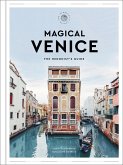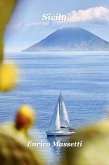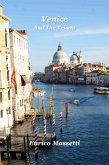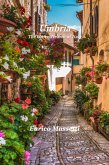Trieste, with a population of about two hundred thousand, is the region's largest city. Trieste was part and parcel of Mittel Europa (Central Europe) as the principal port of the Austro-Hungarian Empire. Trieste only joined Italy in 1954. Therefore, one can easily imagine that Trieste is a special place to visit with a unique history. During the centuries, Trieste was suspended among three different civilizations: the Roman, the Austro - Germanic, and the Slavic.
As soon as you arrive in Trieste, you'll notice its ubiquitous coffee houses. Among the best known is the Antico Caffe San Marco. As it befits its internationality, Trieste is home to various historic religious buildings representing many faiths. The Serbian-Orthodox church of the Holy Trinity and Saint Spyridon, built in the mid-Nineteenth century, shows the substantial byzantine influence. Go inside for a look at its beautiful frescoes and icons. Just over a century old, the Israelite Temple of Trieste is Italy's largest synagogue. The Trieste Cathedral, dedicated to the city's patron saint, San Giusto (Saint Justus), who was martyred at the beginning of the Fourth Century, was initially built in the Sixth Century on Roman ruins. It is adjacent to a castle of the same name. Walk on its ramparts for an excellent view of the city and its surroundings. There is no shortage of other churches and museums to visit.
This is a guide to a trip in the Friuli region of Italy: passing through Grado, Lignano, Aquileia, Trieste, Pordenone, Udine, and touching the mountains of Friuli, the Carnia, Tarvisio, and Sequals.
There are extensive descriptions and photos of the attractions.
It contains many reviews for the best-recommended restaurants at the location described.
Dieser Download kann aus rechtlichen Gründen nur mit Rechnungsadresse in A, B, CY, CZ, D, DK, EW, E, FIN, F, GR, H, IRL, I, LT, L, LR, M, NL, PL, P, R, S, SLO, SK ausgeliefert werden.









